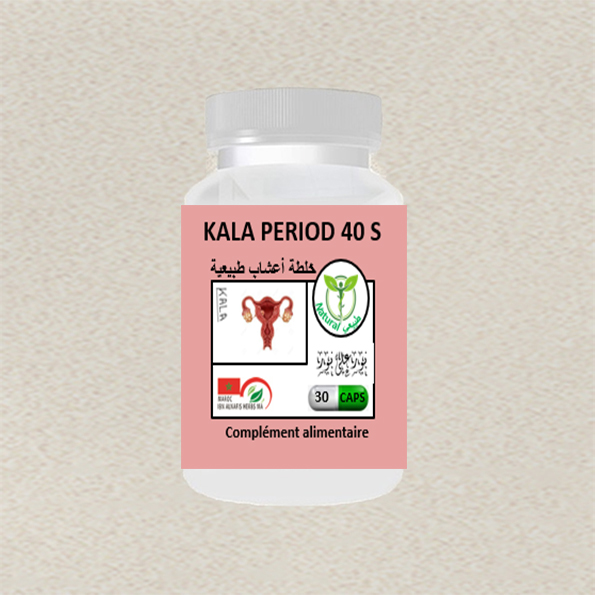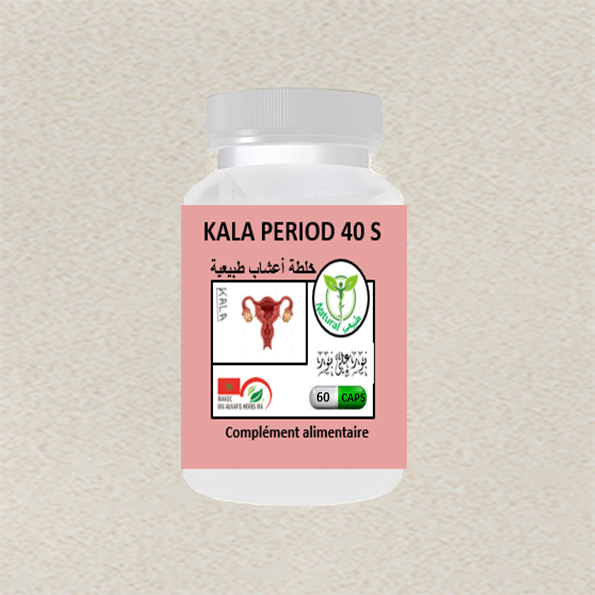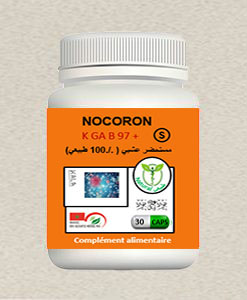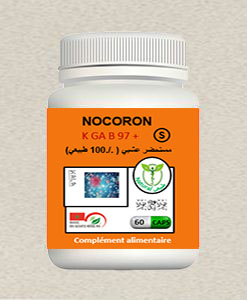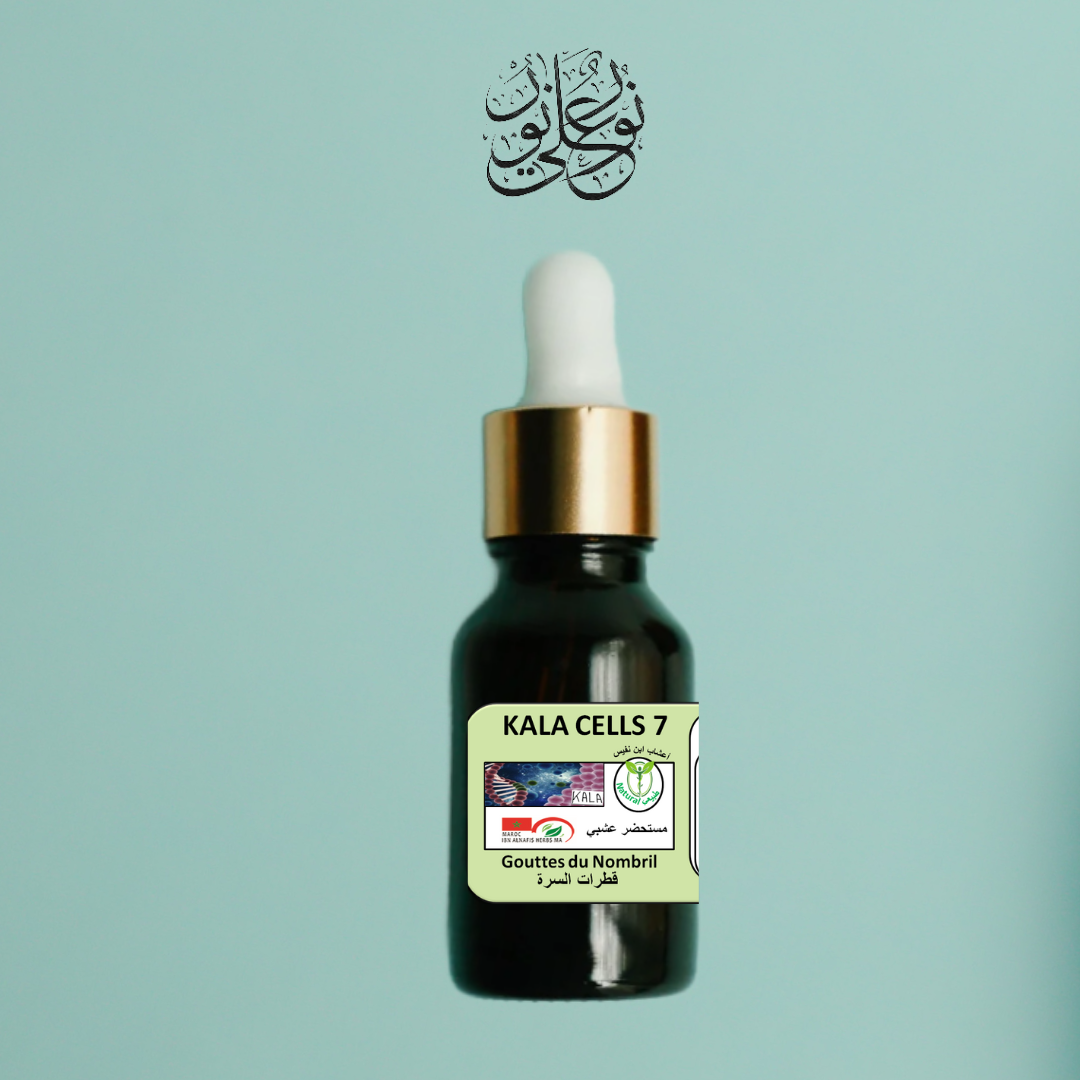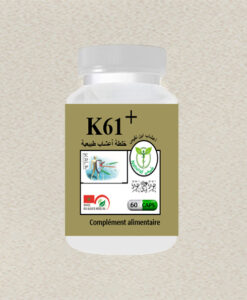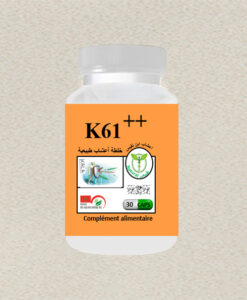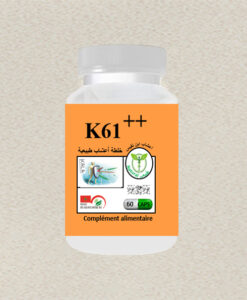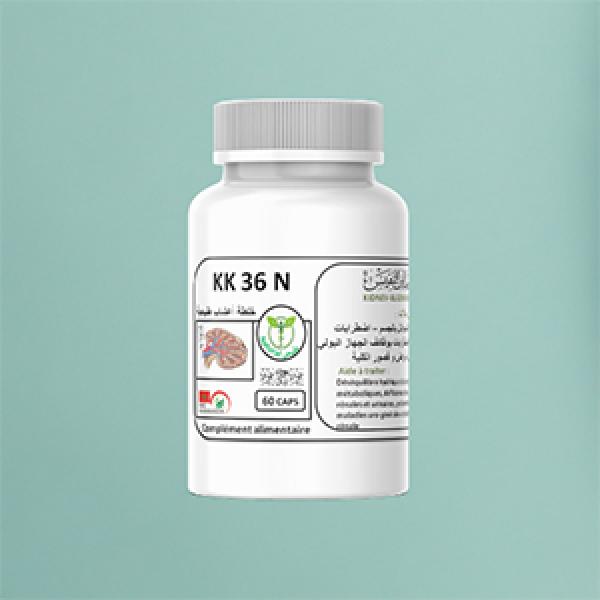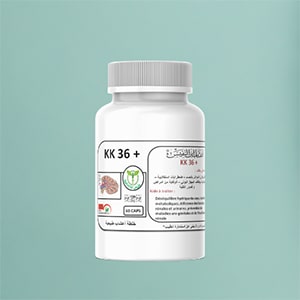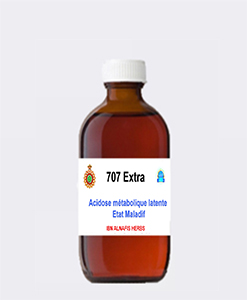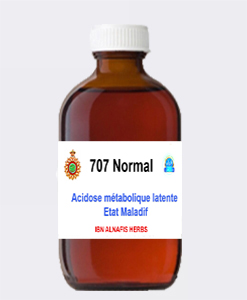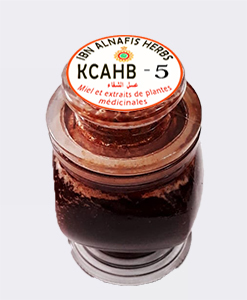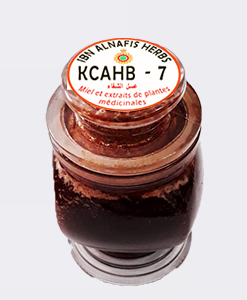Hormonal imbalance
The reproductive system is a complex and mechanical system that relies on the gonads responsible for the release of gametes and sex hormones responsible for the differentiation of sexual characteristics at puberty in both sexes, it includes different parts that allow sexual intercourse and procreation.
We distinguish:
In women:
-Two ovaries for the production of eggs according to a menstrual cycle of approximately 28 days.
-Two fallopian tubes that allow the release and migration of eggs.
-A uterus with a mucous membrane where the fetus attaches and develops in the case of fertilization, otherwise the excess of this endometrium detaches and gives rise to menstruation
-A vagina: hollow cavity that constitutes the lower part of the genital tract that opens to the outside
In men:
A penis that swells and hardens with blood flow to allow penetration and release of male gametes.
the scrotum that protects the testicles and keeps them at a temperature 2 ° C lower than the rest of the body for the survival of sperm
two testicles that produce sperm and release testosterone
the accessory glands: the seminal vesicles that produce part of the sperm and release prostaglandin for the progression of sperm in the uterus.
the prostate which produces part of the sperm.
The psychological impact (desire, eroticism) counts in the functioning of the reproductive system.
A good course of reproduction involves 3 levels of the reproductive system in both sexes: the hypothalamus, the pituitary gland and the gonads.
In women: A signal is produced by the neurons of the hypothalamus, the hormone GnRH (gonadotropin-realizing hormone) which stimulates the pituitary cells for the secretion of gonadotropic hormones which transported by the general circulation act on the ovaries, stimulate them for the production of steroid sex hormones (estrogen, progesterone) and inhibin which carries out a complex feedback control on the secretion of GnRH and pituitary gonadotropins.
20% of the neurons that control reproduction belong to the hypothalamus, 8000 other neurons colonize the cortex, olfactory bulb, hippocampus and certain regions of the limbic system.
Many central neurotransmitters regulate steroid hormones, GABA, glutamate, adrenaline, noradrenaline, dopamine and endorphins.
Genital pathologies are numerous and include vaginal infections, bacterial or viral sexually transmitted diseases including acquired immunodeficiency (AIDS) which affects more than 25 million people worldwide and whose mortality rate is 33% and cancers and various deficiencies that alter the reproductive function.
Please contact us for any information, explanation or advice about our products.
Get information and consultationgg







